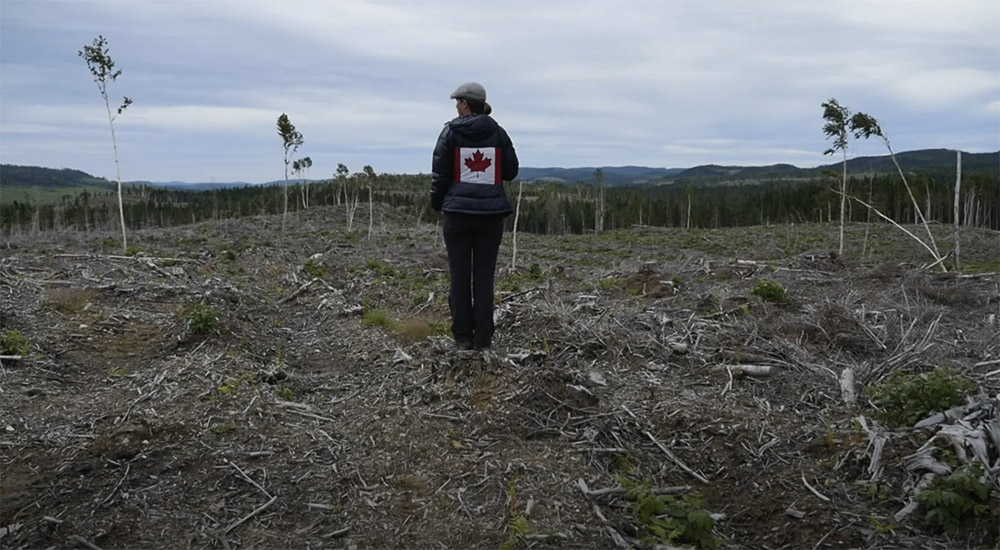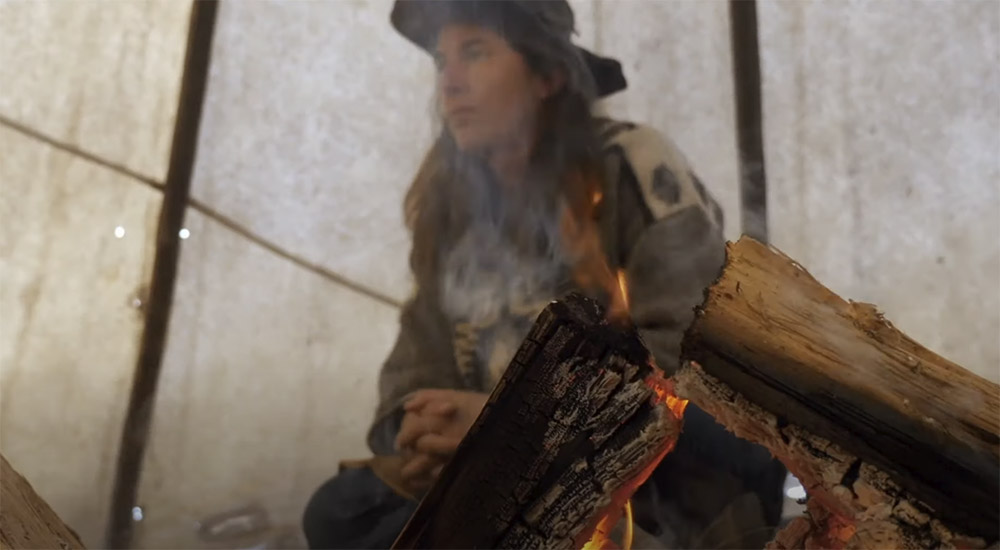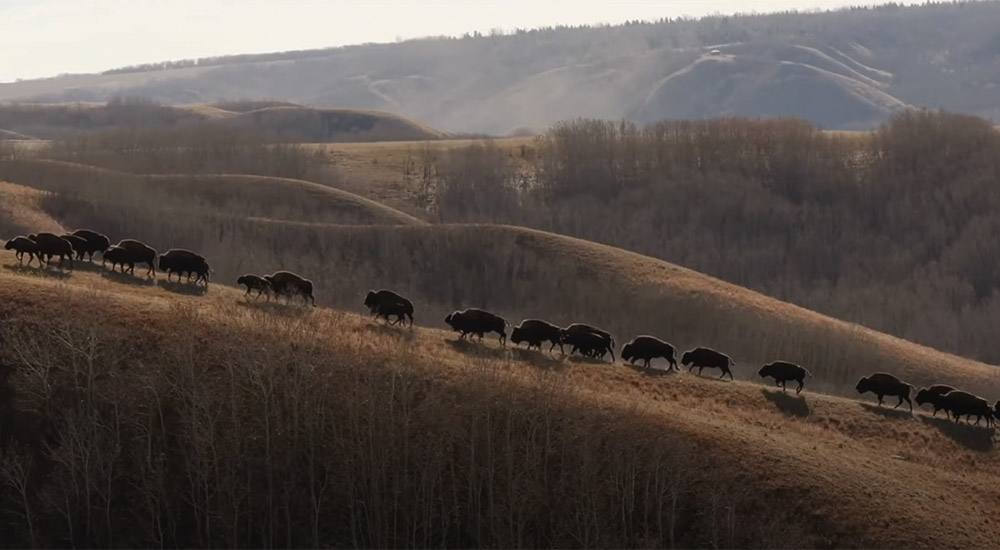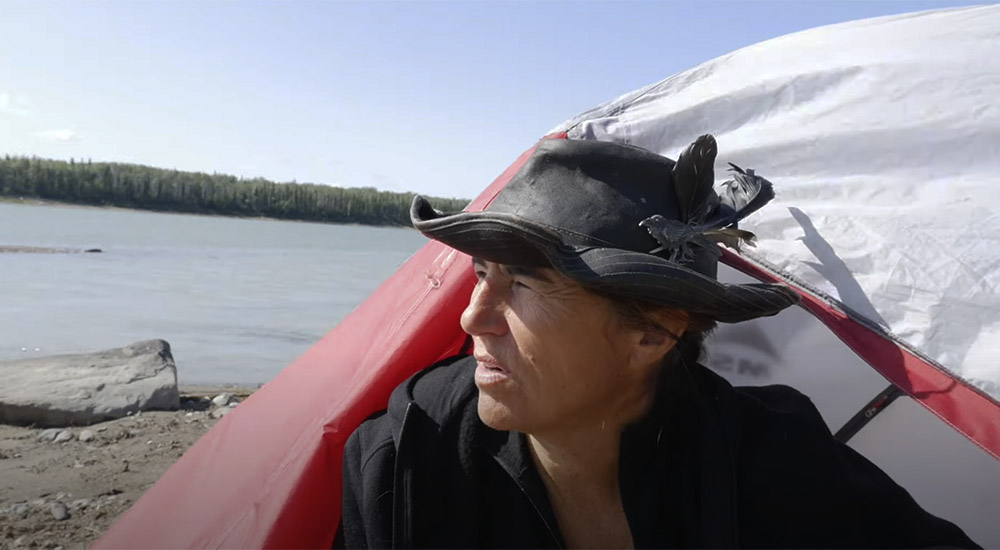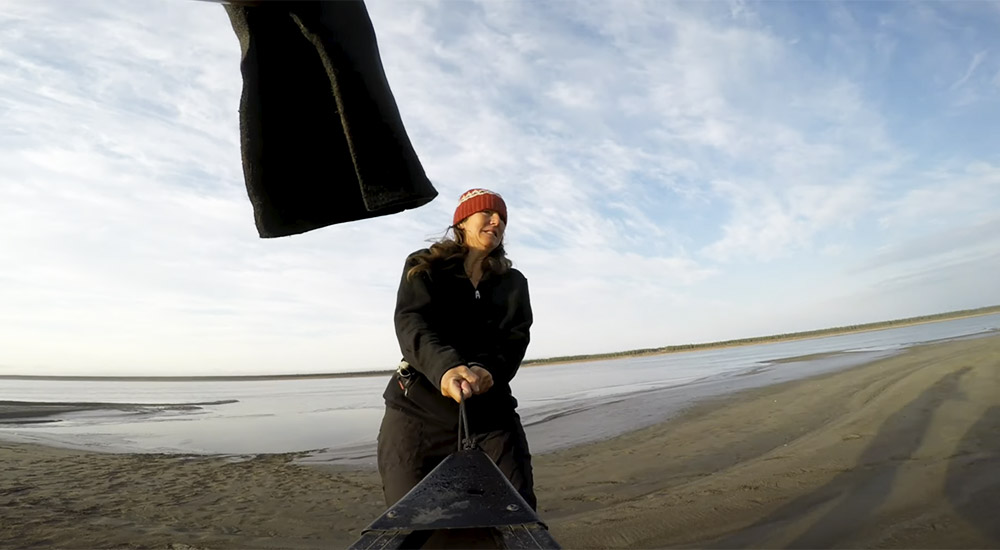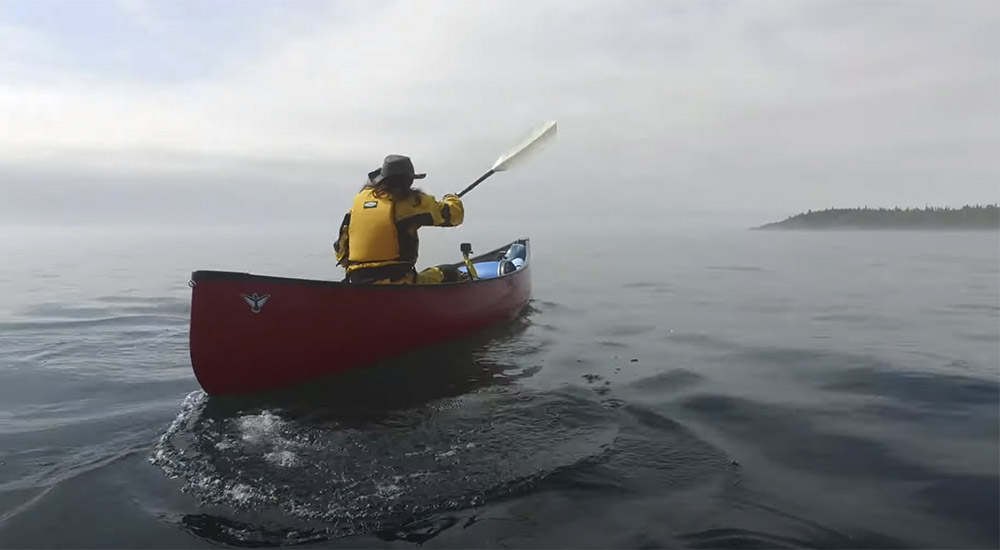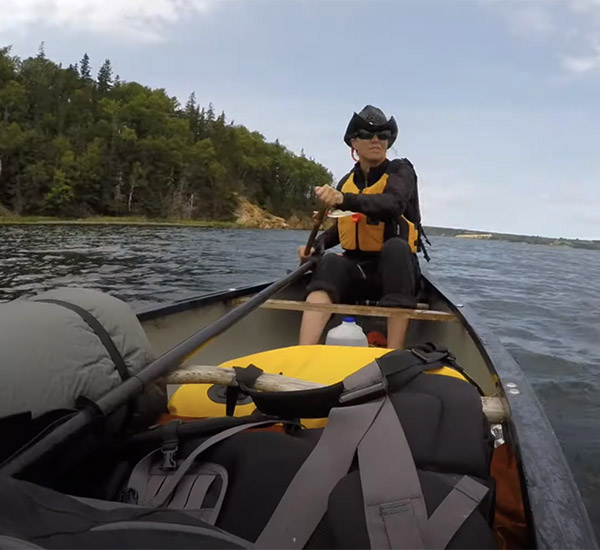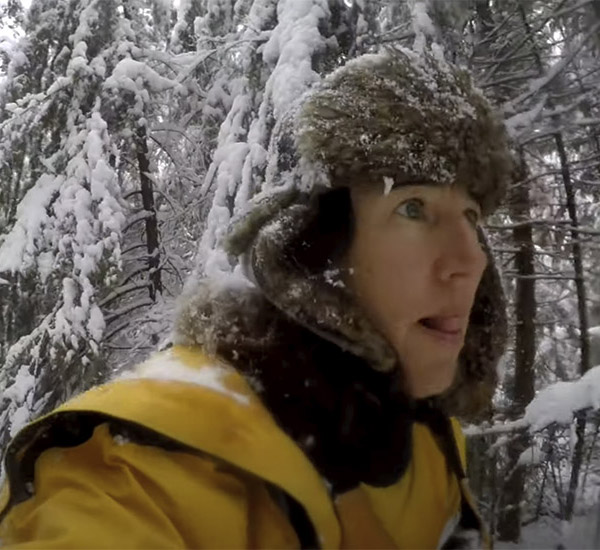










SIX YEARS TRAVERSING THE ENTIRE 24,000 KMS OF CANADA’S LAND AND WATER TRAILS FROM SEA TO SEA TO SEA
Award-winning director and cinematographer Dianne Whelan is the only person to complete this epic journey of discovery—hiking, biking, paddling, snowshoeing and skiing across the country.
For a woman in her 50s who is not an extreme athlete, it was sometimes gruelling, occasionally harrowing, often exhilarating and always surprising. She started out alone, disillusioned with the state of the world and worried about climate change, to look for different ways of caring for the land and each other. She ended the journey a bit wiser, more hopeful, in love and with a passion to share this story.
Award-winning director and cinematographer Dianne Whelan is the only person to complete this epic journey of discovery—hiking, biking, paddling, snowshoeing and skiing across the country.
For a woman in her 50s who is not an extreme athlete, it was sometimes gruelling, occasionally harrowing, often exhilarating and always surprising. She started out alone, disillusioned with the state of the world and worried about climate change, to look for different ways of caring for the land and each other. She ended the journey a bit wiser, more hopeful, in love and with a passion to share this story.
500 Days in the Wild is a feature documentary that weaves intimate moments of reflection with adventure and stories of the people and communities that she encountered along the way.
Climate change is a silent theme unfolding in the landscapes; melting permafrost in the Arctic, salmon in the Mackenzie river, record-breaking 120°F heat and fires in the BC interior.
This journey began on July 1, 2015, in St. John’s NL and ended on August 1, 2021 in Victoria, BC. Although the Trans-Canada trail was built to celebrate 150 years of confederation under the government’s banner of “Strong, Proud and Free,” 500 Days in the Wild will present an alternate story, another vision of this country, its past and its future.
There are adventure scenes of paddling rapids, struggling in storms, escaping a bear attempting to destroy her camp in the High Arctic or the perils of being alone in a canoe on one of the biggest inland seas in the world. And there is of course humour —many good belly laughs about the absurdity of the situations she occasionally found herself in.
“It’s kind of funny when I think about it now. When I left I actually had a daily schedule—and by day 10 I had not even completed what I thought I could do in one day. So I lit a small fire and burned the schedule. And I stopped measuring my journey by how many kilometres I did in a day. I joke with people and tell them that’s the day I dropped the rabbit suit.”
“It is a very humbling experience to be a fragile being alone on the vast waters of Lake Superior or deep in the woods on an old fur trader trail in Quebec. But then something ancient wakes up in your DNA, and you feel more connected to life than you ever have. You are not on the water paddling, you are with the water paddling…“
“It is a very humbling experience to be a fragile being alone on the vast waters of Lake Superior or deep in the woods on an old fur trader trail in Quebec. But then something ancient wakes up in your DNA, and you feel more connected to life than you ever have. You are not on the water paddling, you are with the water paddling…“
Mi’kmaq, Maliseet, Cree, Anishinaabe, Lakota Dakota, Dene, Metis, Inuit, and the Coast Salish, as well as several non-indigenous communities, contributed to Dianne’s new understanding and ways of thinking about the web of life. She was periodically joined by friends, mostly queer, and all but one are women, and all are between 40-60 in age.
Dianne fell in love during the course of the journey. Her partner Louisa joined her on the 4,000 km paddle from Alberta to the Arctic Ocean. Louisa also moved into an off-grid support vehicle during the final year and a half and resupplied Dianne by meeting up on back roads that intersected the trail when Covid restrictions came into effect, so Dianne could avoid going into local communities to resupply.
Covid changed the journey as Dianne could no longer spend time with people, listening, learning, creating art with them. But there was time to contemplate the beauty of nature, time to sit quietly and film waters, animals, birds, plants, trees and all life we share these lands with, and in that way the journey did not change.
“. . . You are not on the earth walking, you are part of her and every bird, plant, tree, animal, dragonfly, butterfly, with all life—except the ticks and the black flies, I never did develop a love for either of them.”
“. . . You are not on the earth walking, you are part of her and every bird, plant, tree, animal, dragonfly, butterfly, with all life—except the ticks and the black flies, I never did develop a love for either of them.”
WHERE IS THIS PROJECT NOW?
After one year in the edit suite, 6 years of footage, 800 hours and thousands of stills, the film is now complete, beginning its journey through festivals internationally, and opened in theatres across Canada on March 1.
Distributor Elevation Pictures for Canadian Theatrical, and broadcast/streaming is available on Paramount+ Canada.
And stay tuned for the book in progress.
OSCAR QUALIFYING THEATRICAL RELEASE FUNDRAISER .Our film has been a labor of love. We have won awards, screened at festivals, and moved audiences with messages of environmentalism and human resilience. Now, we have an incredible opportunity: to qualify for the Oscars! To do so, we need to secure a theatrical release in Los Angeles for a week. The funds raised in this campaign will go directly towards:
- Theatre rental expenses
- Marketing and publicity costs
- Travel and accommodation for the team
THANK YOU
Additional support has been provided by Telefilm Canada, The Canada Council, Rogers Documentary Fund, the Audience Award at DocPitch 2020, the Royal Geographic Society and Saskatchewan Tourism. A host of private individuals made donations through Canadian Parks and Wilderness (Canadian contributors) and The Film Collaborative (US contributors).
SUPPORT THE TRAIL
The Trans Canada Trail is a vital source of connection. It connects us to nature, to our collective past and future, and to each other. This trail network – the world’s longest – needs your support. Donate to the Trans Canada Trail to protect and strengthen Canada’s national trail network for generations to come.
Support Independent Filmmakers
500 Days in the Wild is an independent film. Independent art is important, because it gives voice to the human heart.
